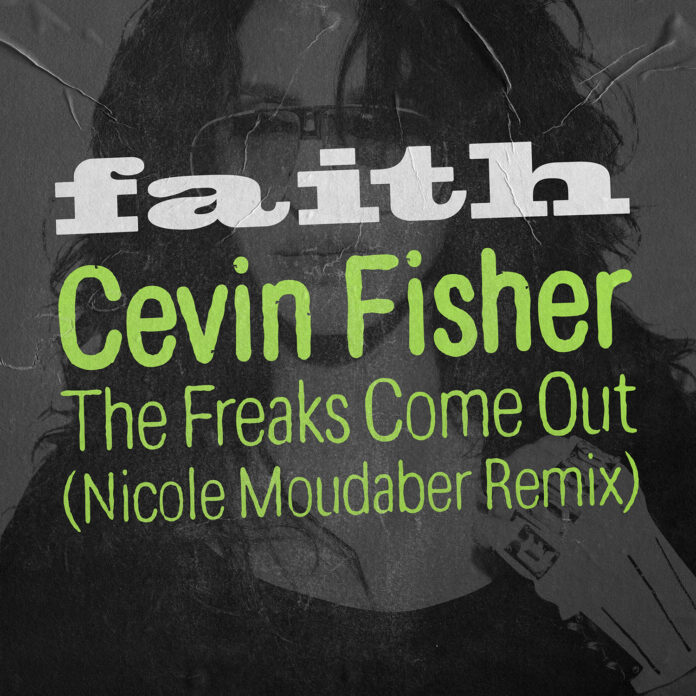A new spin on an old story is a perfect way to create something new and fascinating, and a subversive anime can provide the best spins, taking elements of its own genre and twisting things around in unexpected ways. As the name suggests, a subversion undermines the story, not only to shake up any tropes but also to reveal commentary on the genre as a whole, and oftentimes on the show's own existence. The result can be unlike anything else out there. Here are some anime that successfully took themselves apart.
Princess Tutu (2002)
The lovely maiden trapped in the form of a bird, the dashing prince whose heart she seeks and the evil temptress who will lead the prince astray -- the beginning of Princess Tutu is lifted straight from Swan Lake and carries with it all the age-old gender roles of classic fairytales. However, Princess Tutu is a masterful subversion of the fairytale, starting with a stereotypical cast and leading each of the four main characters down a completely different path. The first few formulaic episodes break apart and shatter any preconception of what the happy ending might look like, and when the characters realize that they themselves are in a story pushing them toward certain fates, they begin to fight their very natures.
Princess Tutu, who is meant to restore the prince's heart and then die beautifully, rejects the notion of her sacrifice. The knight, who was meant to die with a sword in his hand, discards his role of brutal masculinity. The true love between the prince and the temptress alters their stories completely. The entire fairytale grinds to a halt as the characters defy their author in search of something better. Princess Tutu leaves viewers with a deep sense of melancholy, with elements of the fairytale allowing some to have happiness but the subversion of its worst tropes revealing that a happy ending is not necessarily for the best. The stories of our childhoods might be near, but perhaps not so dear.
From the New World (2012)
From the New World is a fascinating take on the dystopian -- a genre that's already subversive in itself. The hallmarks of a great dystopia are that society seems fine from the outside but is gradually revealed to be corrupt from the inside out. The characters then either escape that society or decide to remain within it. From the New World takes the idea of dystopia and works it into something more complex; a story that constantly weaves in and out of whether the system they live in is corrupt, necessary or something else altogether. The implementors of the system are not portrayed as evil, but as frightened of the world and even sympathetic. When characters do escape from their society, it has catastrophic consequences for everyone involved.
Perhaps it's easy to call the story a dystopia while the characters only discover the horrible truth, but when the even more horrible truths of the outside world are revealed, is the society truly at fault? From the New World is a nuanced look at the genre, which has traditionally asked just how depraved a society can get, and instead asks what can we expect of society when the world itself is a nightmare, as well as what role the individual ought to play.
Puella Magi Madoka Magica (2011)
The harsh reality of the magical girl existence is at the center of Puella Magi Madoka Magica, the classic subversion of the magical girl show. When the show begins to portray the true horrors that magical girls experience, it forces the issue that this is a genre based on the self-sacrifice of young girls. Madoka's mother talks about the role of an adult as she drinks, unaware that the daughter she is speaking to will witness a decapitation in the same episode. "It's hard, but just as fun," she says, an ironic statement that reveals just how clueless she is as to how fast Madoka is being forced to mature.
Magical girls hurt, cry, suffer and die, all without anyone but their comrades knowing why and how. It's an incredibly heavy burden that is thrust upon these girls, who never truly understood what they were getting into. Then it becomes popular entertainment. It is little wonder that Madoka Magica turned heads for showing the harsh reality of many a beloved magical girl show, and for taking an unflinching look at how young girls would realistically fare against their personal monsters.
Blood Blockade Battlefront (2015)
Blood Blockade Battlefront manages to be a jam-packed action series while simultaneously subverting the shounen genre. This anime sells itself on being show-not-tell, leaving not only the viewer but protagonist Leo behind in the dust. Villains are explained in a sentence. Characters come and go. Backstories are left vague or not offered at all. Powers have fancy names but how they work is a mystery. It's a blur of color and jazz, and it's alright if you don't follow along because you're not meant to.
Leo is also an unusual hero in that he's weak, a pushover and even prone to tears. None of the epic fight scenes involve him. In fact, he usually gets evacuated or arrives after the fight is over. He's a side character who just happens to be pushed to the forefront -- someone who might have special eyes but is ultimately a normal person. Blood Blockade Battlefront also takes the issue of civilian death into its hands. The anime makes a repeated point of massive civilian death counts, sometimes stating huge numbers over a sweet jazz song or merely showing people getting casually murdered in the background. Shounen anime often have catastrophic collateral damage, and Blood Blockade Battlefront is strategic in its commentary, played for laughs but with a real question as to when the background characters stop mattering.
Kill la Kill (2013)
Kill la Kill is another subversive shounen title with a hint of magical girl, although the issue it takes on is specific: fanservice. The show begins and then continues on with an obscene amount of nudity, tight bodysuits, revealing transformations and barely-there clothes. At one point during a duel, Ryuko's suit gets snagged and the whole audience gets a glimpse of her topless, to many a nosebleed. The viewer is encouraged through that reaction to view the accidental reveal as sexual.
However, as the show continues, nudity stops being played as such a tantalizing idea. It is used to degrade and humiliate. The fanservice has become something to pity a character for, and then it begins to be used for manipulation and interrogation purposes as well. By the end of the series, when every character is running around naked, there is nothing there meant to be attractive. There are no nosebleeds or audience gasps to make the nudity seem sexual. These are simply animated bodies. Kill la Kill circles around from being almost overwhelming in its fanservice to nearly mocking the very idea of it, and thus itself.
Subversions are a compelling take on an old idea, creating something new by exploring the weaknesses and tropes of a genre. Whether it's involving a dubious space-cat or rewriting what a fairytale can be, the creators of these subversions took their anime in a new route, inverted it, and then created shows that left a lasting impression with questions about why a story has always been told a certain way.
About The Author

